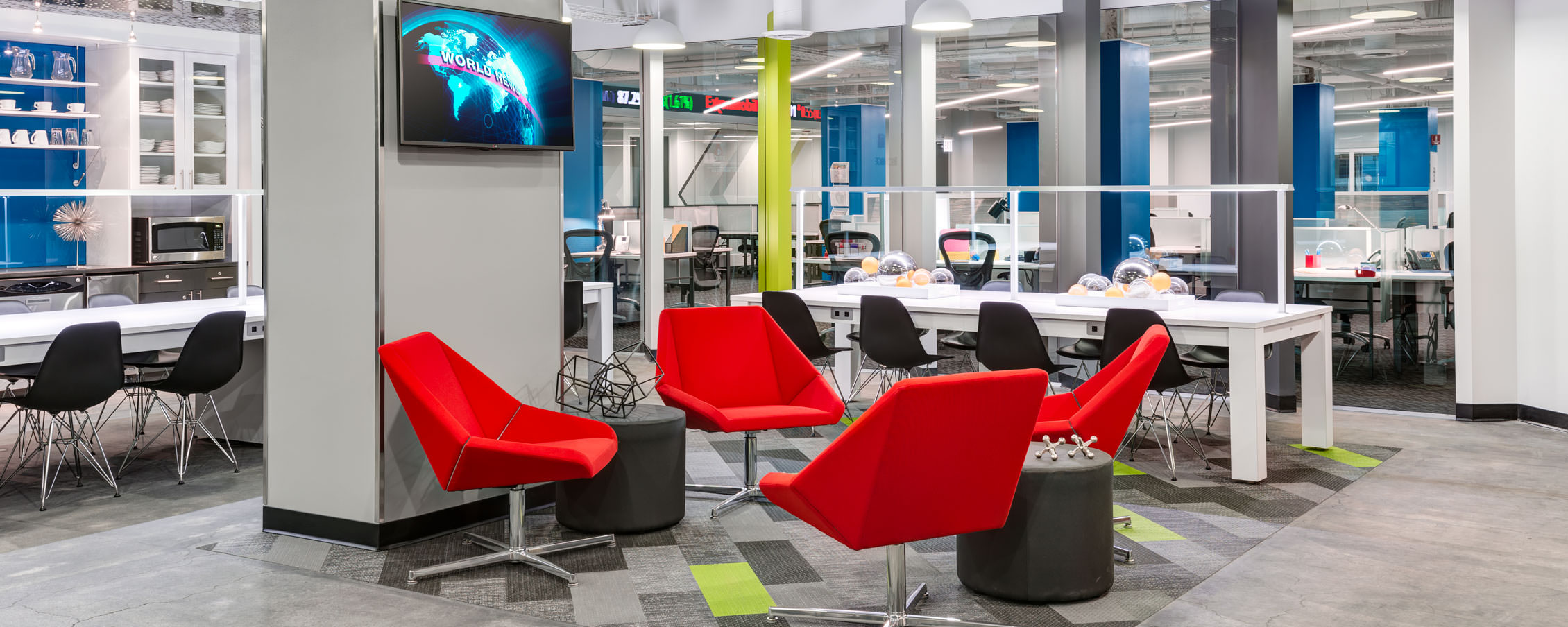When I graduated college in the 1980’s, employees worked in a floor full cubicles and managers were located in walled private offices. At the turn of the millennium, the office of the future blew this concept up and there were open floor plans where team members were seated at tables or side by side desks with no dividers. During this period of time, even managers did not have enclosed offices, but sat with everyone else in one big open space to foster equality and communication. Now, the office of the future includes not only working at desks, but in flexible workspaces like remote locations that have lounge chairs and couches.
Affecting this shift in the format of office of the future includes portable computer technology, rising office rent, the proliferation of freelancers and the ability to work from home.
Andre Sharpe, Chief Information Officer at Regus thinks that the office of the future will be where “we can expect businesses to consolidate their offices for more efficient use, greater staff density, satellite offices and an increase in agile working. There will also be a growing need for collaborative space.”
Company requirements are changing what the office of the future looks like because in many non-retail cases, a daily use of a traditional office space is simply not required. Sharpe thinks that most employees want to either just drop into meeting space or more importantly, they want to have access to smaller satellite offices and remote locations.
The office of the future will also mean that team members will not be tied to one desk. Sharpe states that business professionals will use “hot desking” and drop into to use a shared desk at any given location.
As a result, the office of the future will need to be increasingly agile and require more collaborative workspaces. Sharpe believes that as more people work remotely, the need for face-to-face meeting spaces will actually be greater.
What do you want the office of the future to look like for your company?

